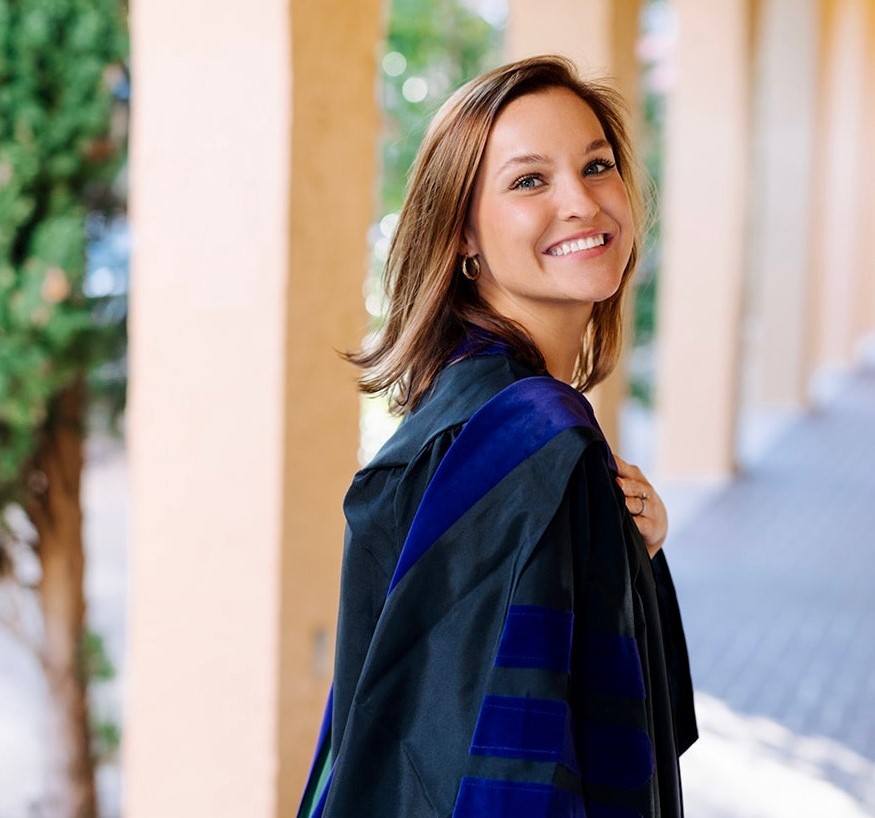Stempel and Knutsen on Insurance Coverage is a leading American insurance law treatise. The professors have also have published the fifth edition of Principles Of Insurance Law. The authors of those treatises were recently published in a University of Connecticut law review article, Infected Judgment: Problematic Rush to Conventional Wisdom and Insurance Coverage Denial in a Pandemic,1 which is a must read for those whose interest is insurance policy interpretation and those involved with Covid lost business income claims. Since the article is critical of many Covid business income judicial opinions at the motion to dismiss stage, judges and their law clerks involved with these cases should also look for guidance from these very respected insurance law professors.
Professor Knutsen is an elected member of the American Law Institute, a Fellow of the European Law Institute, and an Honorary Fellow of the American College of Coverage Counsel. I highlighted Professor Jeffrey Stempel a dozen years ago in my blog post, Leading Insurance Academic Proves State Farm Accepts “Reasonable Expectations” of Insurance Coverage, where I stated:
Professor Jeffrey Stempel is among the best legal writers of matters pertaining to insurance. When reading his work, I often think ‘why can’t I explain my thoughts so clearly and eloquently?’ Maybe that is why he is the insurance law professor, and I am in the middle of legal muck and controversies.
The abstract to the article explains why it is so relevant to the ongoing Covid related insurance coverage cases:
The COVID-19 pandemic created not only a public health crisis but also an insurance coverage imbroglio, prompting near-immediate business interruption claims by policyholders impacted by government restrictions ordered in response to the pandemic. Insurers and their representatives ‘presponded’ to the looming coverage claims by quickly moving to denigrate arguments for coverage, engaging in a pre-emptive strike that has largely worked to date, inducing too many courts to rush to judgment by declaring—as a matter of law—that policy terms such as ‘direct physical loss or damage’ do not even arguably encompass the business shutdowns resulting from COVID-19. Our closer examination of the term and of other key coverage questions suggests that policyholders have a much stronger case than suggested by the initial—and often superficial and conclusory—conventional wisdom flowing from the first wave of judicial decisions. Only a few courts have analyzed the COVID coverage debate with the type of reflective care, judicial humility, and respect for the trial process one would hope to see. The ‘early returns’ in these coverage wars have been analytically disappointing, creating risk of an unfortunate path dependency or cascade of cases excessively narrowing the meaning of key terms such as ‘loss’ and ‘damage,’ and diminishing the quality of future coverage decisions.
One part of the article noted that even dictionary definitions support the policyholder position of a reasonable interpretation supporting coverage where a policy is without a specific virus exclusion:
In our view, the term ‘loss’ connotes something quite different than ‘damage.’ For example, dictionaries commonly define ’loss’ as deprivation of something (whether as a result of ‘damage,’ or theft or something else). Government shutdown orders (described below) by definition deprive policyholders of the use of their property—property that is physical, corporeal, choate, and tangible. Although alternative definitions of loss are also common in dictionaries, definitions connoting deprivation, lack of access, or the like are sufficiently common that a reasonable interpreter must concede that the concept of ‘loss’ proffered by a policyholder forced to curtail operations is at least a reasonable meaning of the term.
According to well-established ground rules for insurance policy interpretation, if both policyholder and insurer have set forth reasonable constructions of a term, the term is ambiguous and questions of meaning should be resolved against the insurer that drafted the policy and in favor of the policyholder.
When this interpretative debate takes place at the motion to dismiss stage of litigation, contra proferentem (which translates as ‘against the drafter’) logically should have particular force. An early ruling favoring the insurer’s implicit argument (that ‘loss’ or ‘damage’ requires structural change in property) effectively involved the court ruling as a matter of law that a definition of loss drawn from dictionaries is not reasonable—an absurd result. If such a construction of the term ‘loss’ was not reasonable, it presumably would not be in a published dictionary.
I have often said that public adjusters are not true insurance coverage experts unless they are subscribing to the FC&S or IRMI publications which often discuss nuances of claims situations and policy interpretation. The law review article commented on the following from the FC&S:
Consider, for example, the following FC&S assessment that predated the COVID pandemic by eight years. An insurance agent made the following inquiry.
Our insured accidently threw away some digital x-ray sensors in the trash. Now, they want to be compensated for them. The BOP policy, Section 1 Property, Coverage agreement states, “We will pay for direct physical loss . . . .” I believe the coverage agreement precludes coverage as this is not “direct physical loss.” Nothing happened to them—they were simply thrown away.
Do you believe coverage exists?
…
FC&S replied as follows.
There is no exclusion that applies to this loss. There does not need to be any impact on or damage to the items themselves for there to be a direct physical loss—just like when items are stolen. But there is a loss in that they are no longer available to the insured.
If FC&S was being consistent with this prior analysis, it would have to acknowledge that businesses forced to close due to either site-specific infection or government mandate have suffered a loss in that the physical business facilities are “no longer available” to them, at least until a government order is lifted or infected property is cleaned and otherwise rehabilitated.
The law professors also noted twenty-one different instances where courts previously did not require tangible structural harm to property in order to trigger coverage under a property insurance policy:
a) noxious particles post-9/11 World Trade Center disaster;
b) contamination with radioactive dust and radon gas;
c) smoke from wildfires cancelling a theatre performance;
d) unpleasant odor making premises uninhabitable (i.e. “locker room” smell, cat urine, or meth lab);
e) drywall releasing poisonous gas rendering home uninhabitable;
f) asbestos in carpeting impaired building’s function;
g) asbestos in buildings;
h) mold spores and bacteria rendering home uninhabitable;
i) release of unknown substance in sewage treatment plant causing plant shutdown;
j) hidden building decay due to seawater damage;
k) e-coli contamination in a well;
l) carbon monoxide poisoning;
m) trace amounts of benzene in beverages;
n) metal parts contaminated with lead;
o) salad dressing exposed to vaporized agricultural chemicals
p) loss of soil supports due to adjacent landslide, even though home itself not damaged;
q) buildup of gas beneath church rendering church uninhabitable;
r) ammonia release;
s) infestation of brown recluse spiders;
t) organisms in canned creamed corn;
u) cereal oats treated with a non-FDA approved pesticide, even though chemically identical to approved pesticide.
I have often said that the internal ISO documents and drafting history are important to these cases. In their conclusion, the professors agree with my view:
“The judiciary’s excessively textual focus-cum-myopia also unnecessarily raises doubts about the correctness of the decisions. If it is fact correct that there cannot be loss or damage without structural change in tangible property or that the concept of damage requires a particularized showing of viral contamination of specific surfaces, one would expect supporting evidence in the drafting history of property policies or similar materials providing context and illuminating the policy purpose and coverage intent. But overconfident hermeneutics-lite decisions in favor of insurers deprive policyholders, the judicial system, and society of access to materials that can determine whether a court’s reading of policy verbiage is correct.
Ironically, this type of background information might support the insurer position. The drafting history of the standard ISO virus exclusion, for example, does strongly suggest that insurers were seeking to avoid contamination liability, although the case against civil authority shutdown is less clear.221 We understand that insurers, who think they can consistently win drafting wars, are reluctant to concede the usefulness of contextual materials and undermine future arguments seeking to restrict court consideration to only policy text. But the insurers’ long term agenda should not strangle immediate judicial decision-making. Courts interested in correctly deciding COVID coverage cases would presumably be interested in seeing this material rather than making it moot through a Rule 12 dismissal.”
The fight over coverage with these cases rages on. Merlin Law Group and I are again players in this legal muck and not the referees (judges). But it nice to see some really smart insurance law professors agreeing with many of our views. You should read the full article if you want to get more clarity on this important insurance coverage topic.
Tampa Bay Lightning Stanley Cup Champion Thought For The Day
Their final was last series
—Nakita Kucherov
Video For The Day
_______________________________________________________
1 Erik S. Knutsen and Jeffrey W. Stempel. Infected Judgment: Problematic Rush to Conventional Wisdom and Insurance Coverage Denial in a Pandemic. 27 Conn. Ins. L.J. 185.




